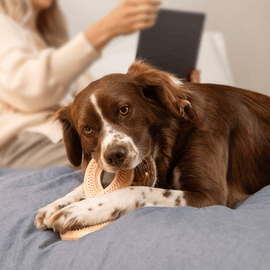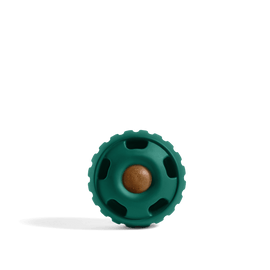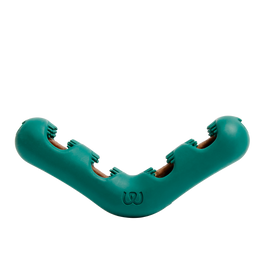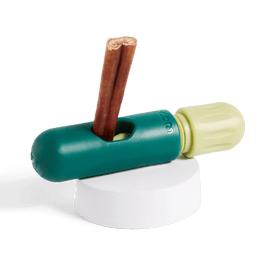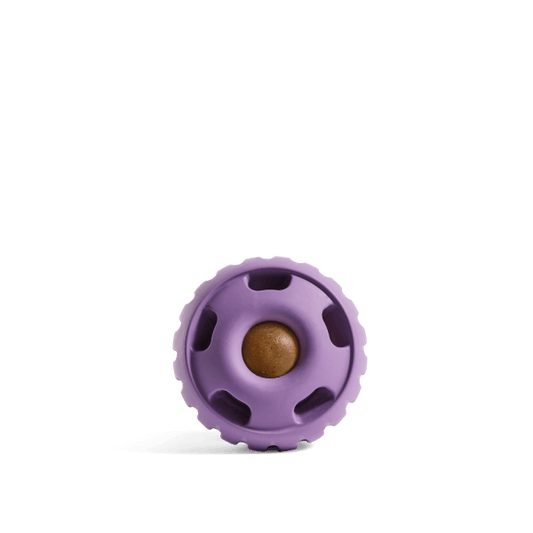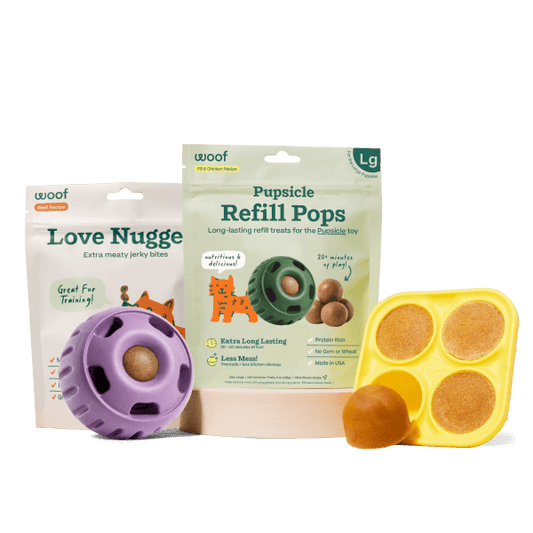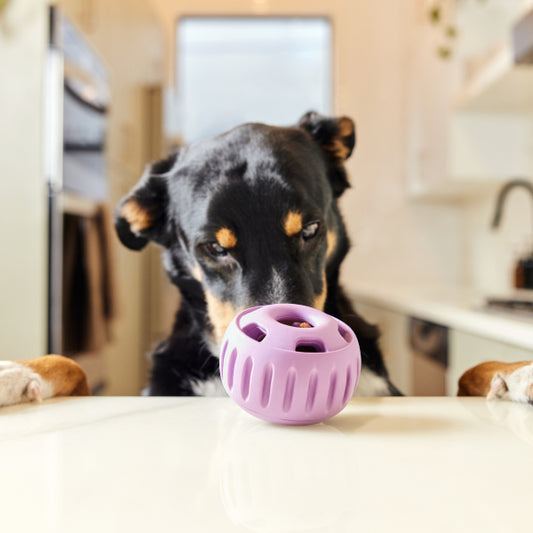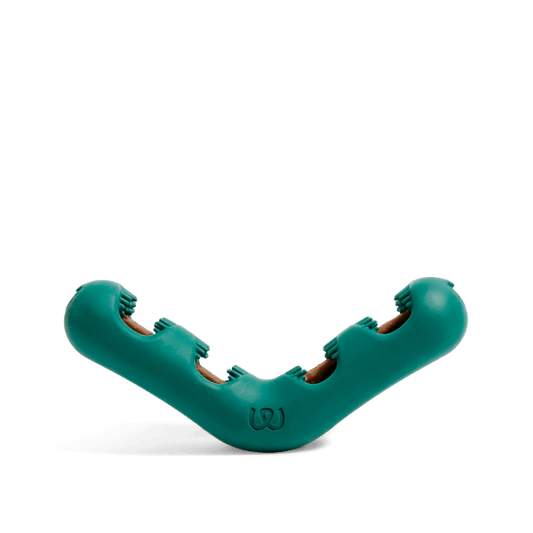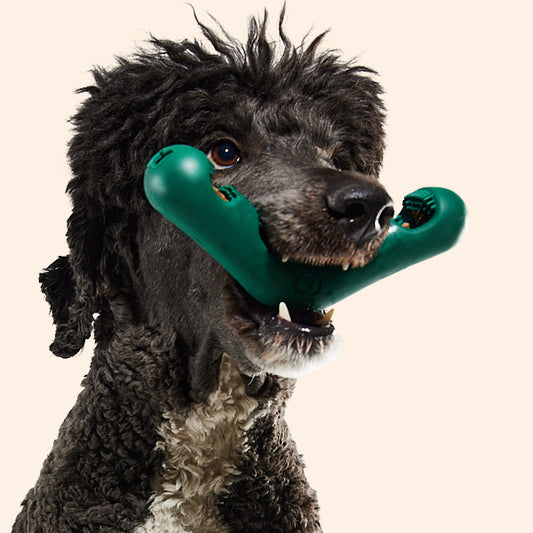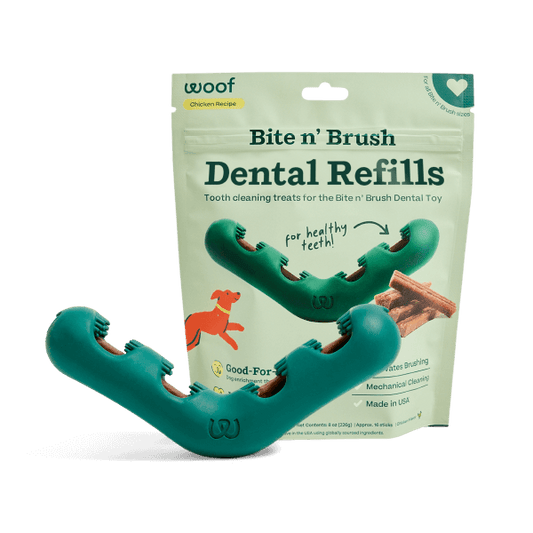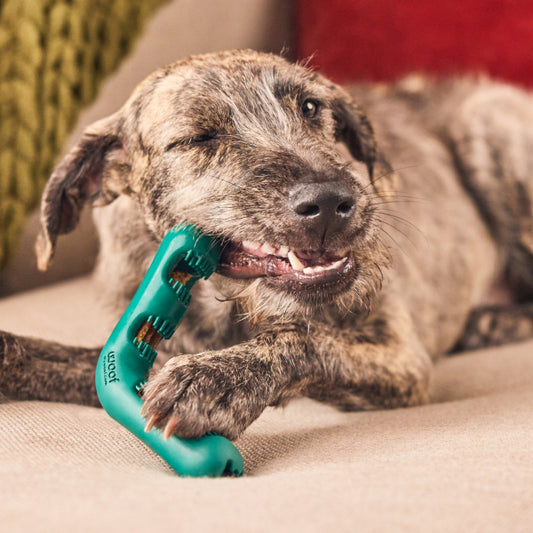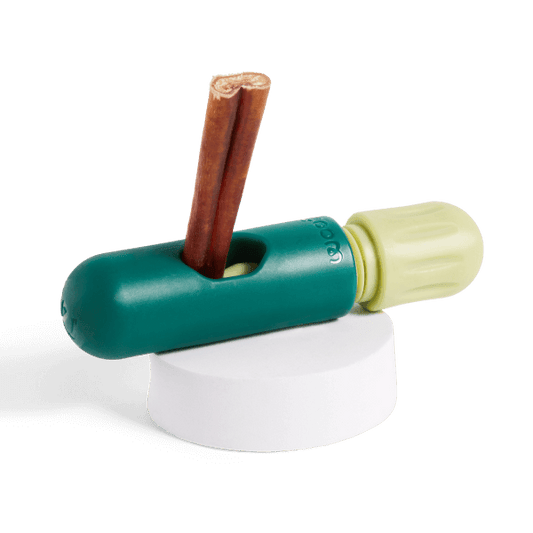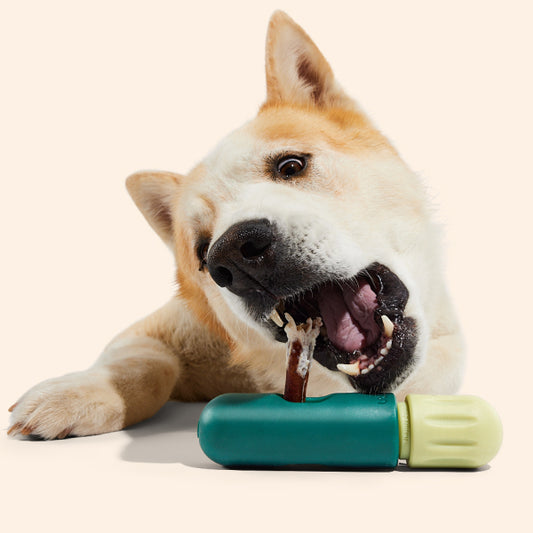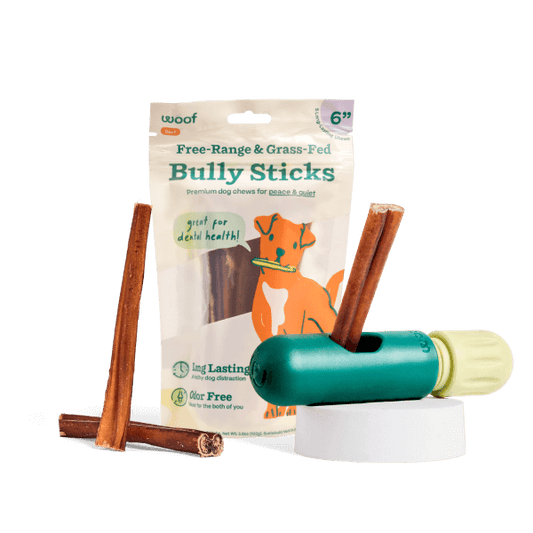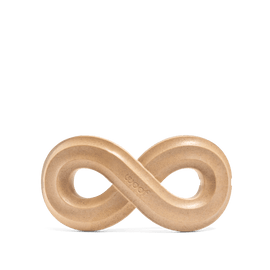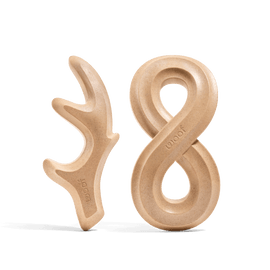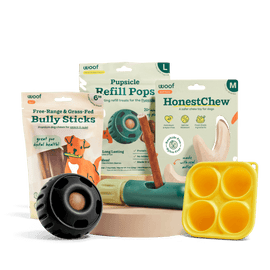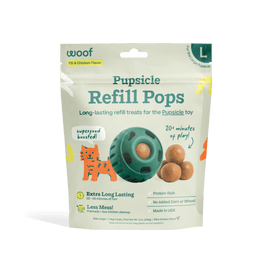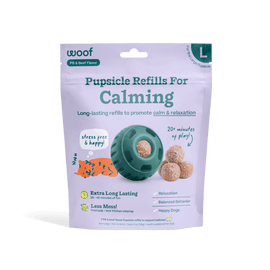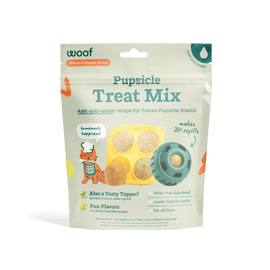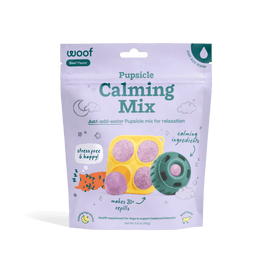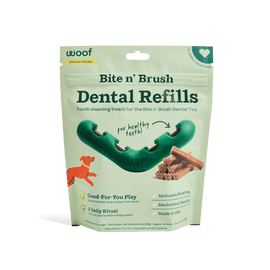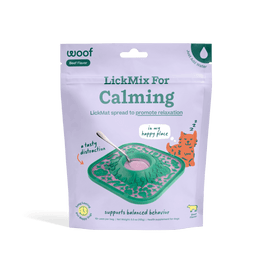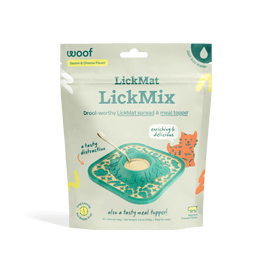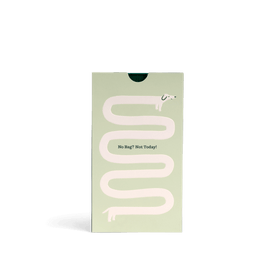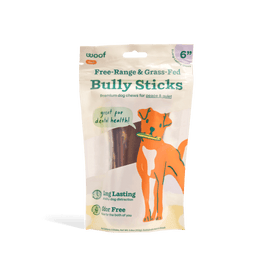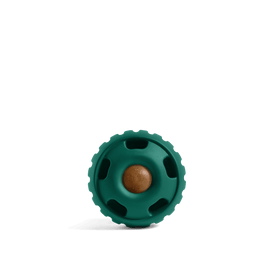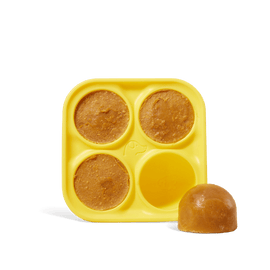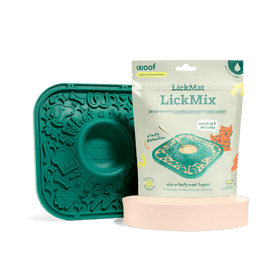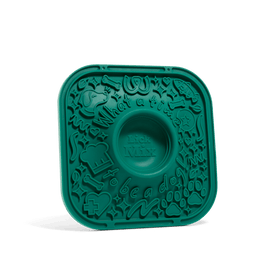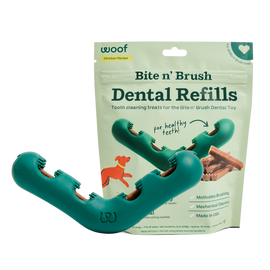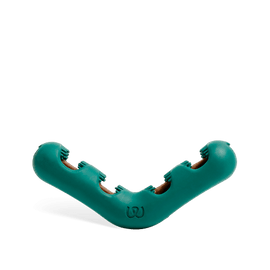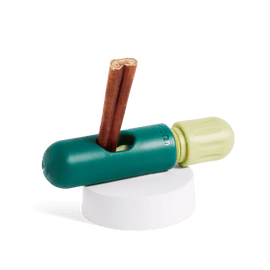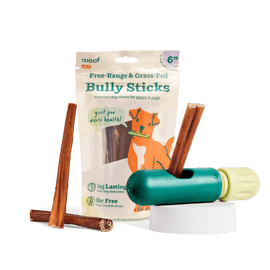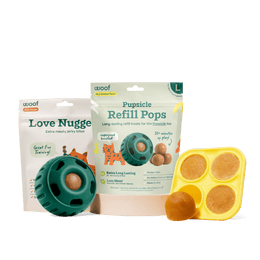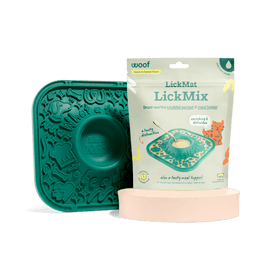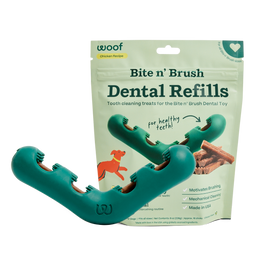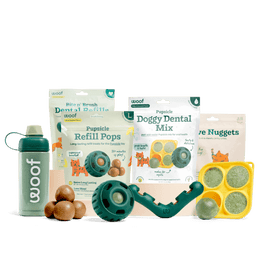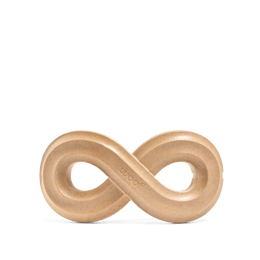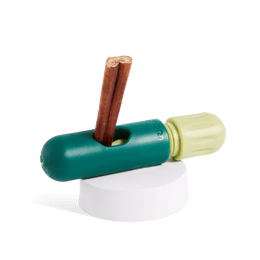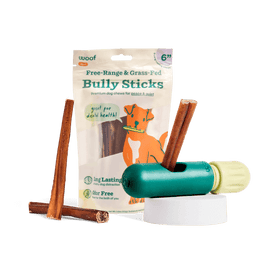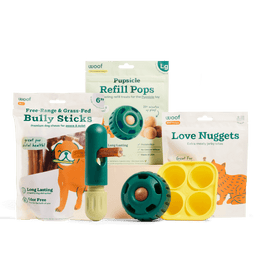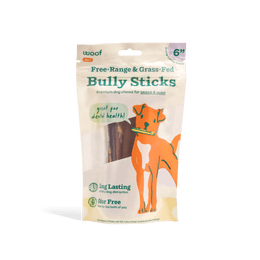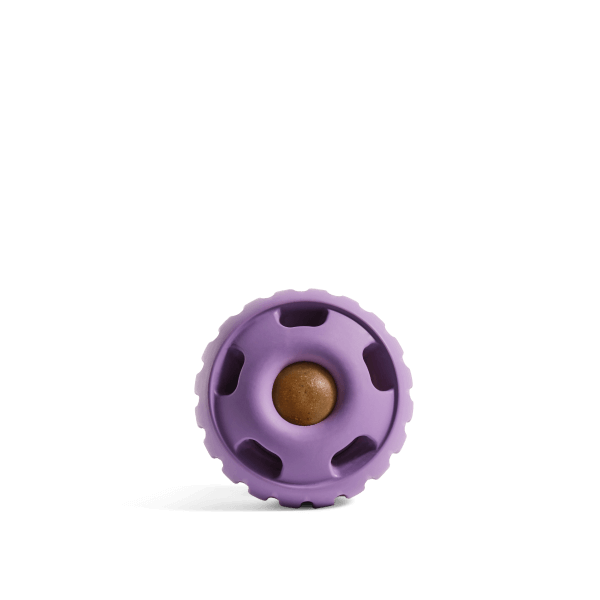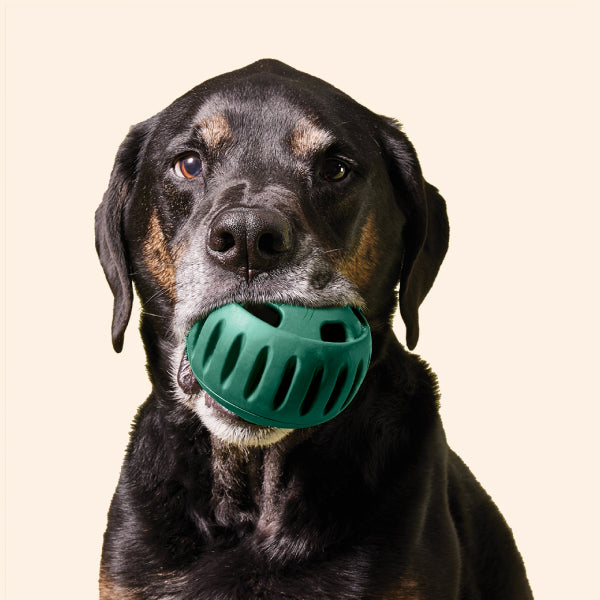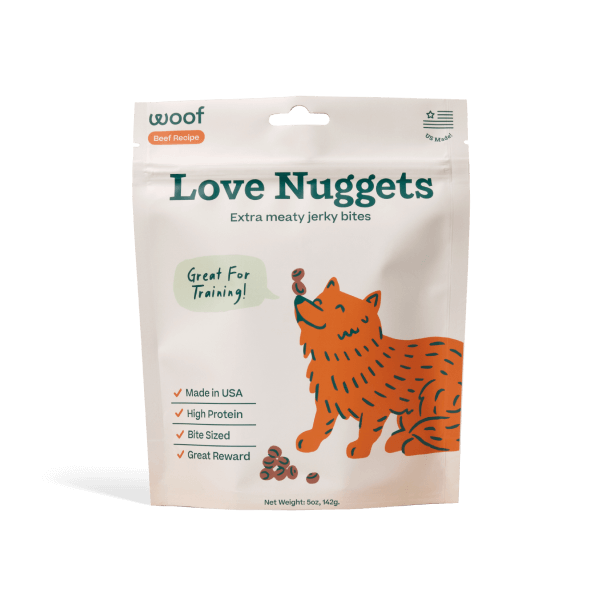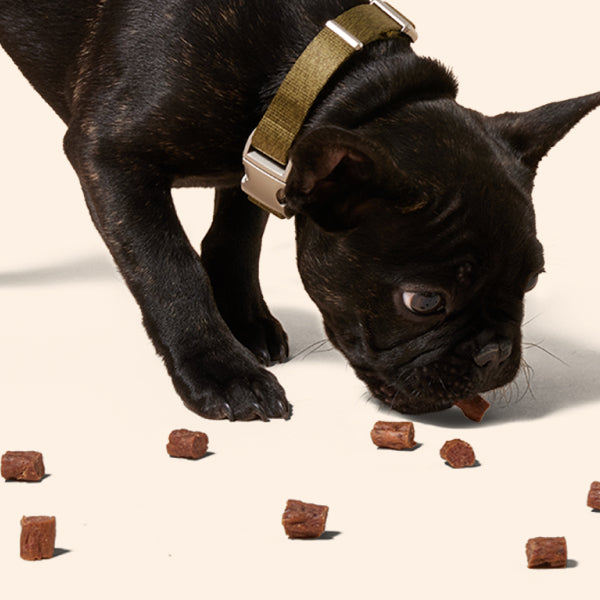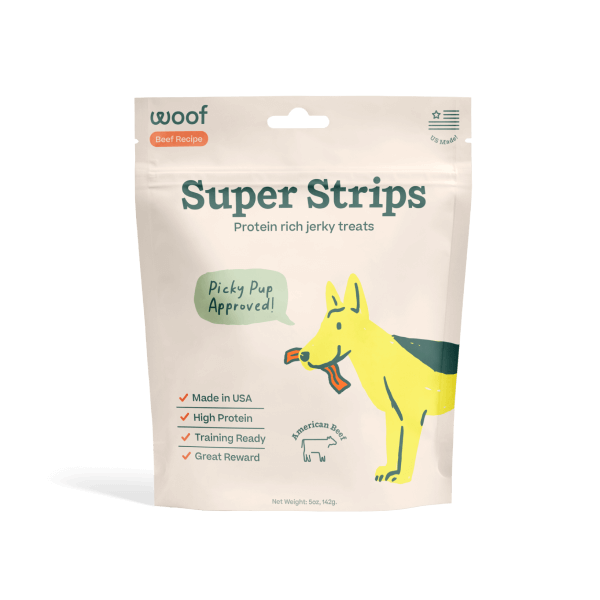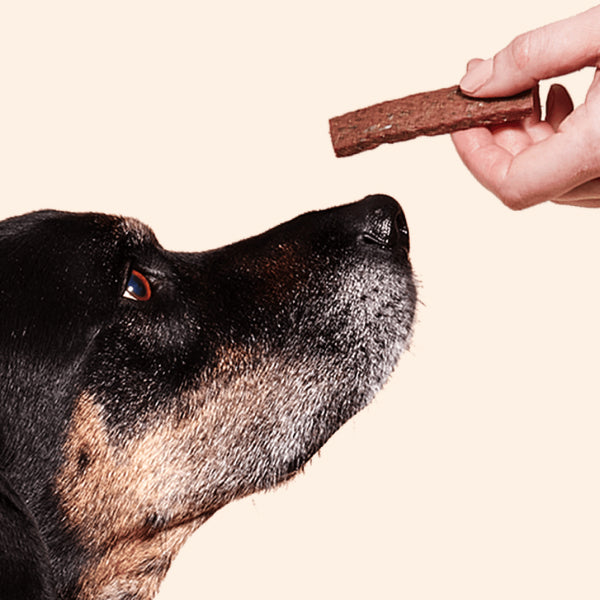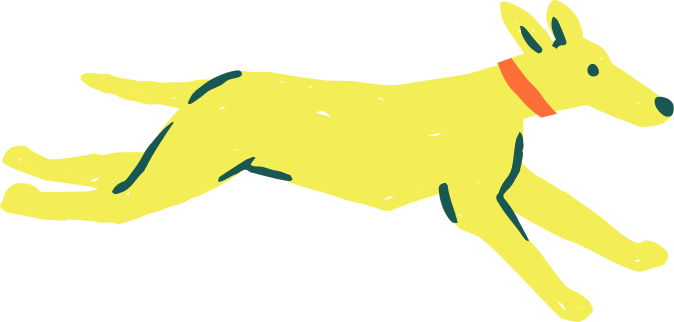
Having a dog is one of life's greatest joys, but like any relationship, it takes work to keep it thriving. Dogs are intelligent, social animals that need more than food and shelter to stay happy—they need mental stimulation and engaging activities. Boredom in dogs isn't just a minor concern—it can lead to anxiety, depression, and a range of destructive behaviors. So how can you tell if your dog is feeling unstimulated? Try these four easy but powerful boredom tests at home to get insight into your pup's emotional well-being.
1. The Toy Test: Is Playtime Still Fun?
Grab your dog's favorite toy—maybe it’s a squeaky ball, a plush friend, or a chewy bone—and place it in front of them without saying a word. An enthusiastic dog will often pounce, play, or bring the toy back for more. But if your dog sniffs and walks away, it could mean their interest in solo toys is fading—an early sign of boredom. Consider rotating toys weekly or introducing enrichment toys like puzzle feeders to spark curiosity again.
2. The Walk Test: Still Curious About the World?
Routine is good, but dogs—especially smart, energetic breeds—can become bored of the same walking path. On your next stroll, watch your dog’s enthusiasm. Are they trotting with curiosity, nose to the ground, tail wagging? Or are they lagging behind, distracted, or hesitant? A lackluster walk response might mean your dog needs more novelty. Try a new park, vary your route, or stop for impromptu training games like "find it" or "touch."
3. The Attention-Seeking Test: Is Your Dog Becoming Clingy or Annoying?
Dogs love our attention, but if your pup is suddenly barking excessively, pawing at you nonstop, whining, or even bringing you random objects just to spark interaction, it might be a cry for mental engagement. These behaviors, while sometimes cute, can indicate emotional under-stimulation. Interactive training, treat-dispensing toys, or even short puzzle sessions can turn this energy into something productive and rewarding for both of you.
4. The Destructive Behavior Test: Is Your Couch Safe?
If you’re coming home to pillow stuffing, chewed shoes, or trash party confetti, your dog may be creating their own "fun" in your absence. Dogs left alone without mental challenges often get creative—and not in ways we appreciate. Destructive behavior is one of the clearest signals of boredom. To curb it, leave your dog with something stimulating, like a frozen treat in a Pupsicle, or a challenging toy from our Interactive Toy Collection. Crate training with enrichment can also help establish calm routines when you're away.
Bonus Tip: Consider filming your dog while you're out. Watching what they do when alone can reveal if they nap peacefully or anxiously pace and whine—an essential clue in the boredom puzzle.
How to Fix Dog Boredom
Once you've identified signs of boredom, it's time to get creative. Start with a variety of enrichment tools that engage their nose, mind, and muscles. At Woof, we offer a wide selection of products to tackle boredom head-on. Check out:
- Pupsicle – A durable, refillable enrichment toy you can freeze for long-lasting play.
- Treats Collection – Tasty rewards like Love Nuggets and Super Strips keep dogs motivated and happy.
- Interactive Toys – From puzzle feeders to tug toys, our lineup is perfect for stimulating bored minds.
Enrichment doesn't have to be expensive or complicated. Even a cardboard box stuffed with treats and paper can become an adventure. The goal is to provide novelty, challenge, and connection.
Final Thoughts: Keep Tails Wagging
A bored dog isn't just at risk of wrecking your living room—they're missing out on the full joy of being a dog. By tuning in to their behavior, offering diverse activities, and making enrichment a part of your daily routine, you're setting your dog up for a more joyful, balanced life. And that’s what Woof is all about—helping you and your pup live your best lives together.
So go ahead, run the tests, and spark some tail-wagging joy today. Your pup will thank you in slobbery kisses and happy zoomies.
